As part of its 2008 compliance audit program, the Forest Practices Board randomly selected the Skeena Stikine Forest District as the location of a limited scope compliance audit. The Board chose to conduct an audit with a focus on forest service roads (FSRs) that are solely the responsibility of the Ministry of Forest and Range’s (MFR’s) district manager, as well as riparian area management and fish passage at fish stream crossings along these FSRs. After initiating the audit, it was determined that the district manager was solely responsible for only wilderness FSRs within the audit area.
An FSR is a road, including bridges and major culverts, built and/or maintained by the MFR. The FSRs that are solely the responsibility of the district manager are not normally assessed in Board audits of forest companies or of British Columbia Timber Sales.
In summer 2008, the Forest Practices Board conducted a compliance audit of forest planning and practices of the Creston Valley Forest Corporation (CVFC) in the Kootenay Lake Forest District.
The audit examined planning, field activities and obligations in the areas of: operational planning (including forest stewardship plans and site plans, where applicable); timber harvesting; road construction and maintenance; silviculture; and fire protection.
These activities were assessed for compliance with the Forest and Range Practices Act, the Wildfire Act and related regulations, as well as certain transitional elements of the Forest Practices Code of British Columbia Act. All activities, planning and obligations for the period June 1, 2007, to June 10, 2008, were included in the scope of the audit.
As part of its 2008 compliance audit program, the Forest Practices Board randomly selected the Kootenay Lake Forest District as the location for a full scope compliance audit, with a focus on community tenures. Within the district, the Board selected the Harrop‐Procter Community Forest and the Kaslo and District Community Forest Society for audit.
Information about the Board’s compliance audit process is provided in Appendix 1.
This soil conservation pilot audit took place in the Golden Timber Supply Area of the Columbia Forest District. Three auditees, Wood River Forest Inc, Louisiana-Pacific Canada Ltd. and the Okanagan-Columbia business area of the BCTS program were audited. The audit focused on their effectiveness in managing forest soil conservation.
The Ministry of Forests and Range's enforcement of small scale salvage practices was found to be appropriate. However, two areas of potentially serious weakness were identified—the district only assessed risk on about 23 percent of licences audited and enforcement staff only conducted inspections on about 10 percent of licenses that were active during the audit period.
